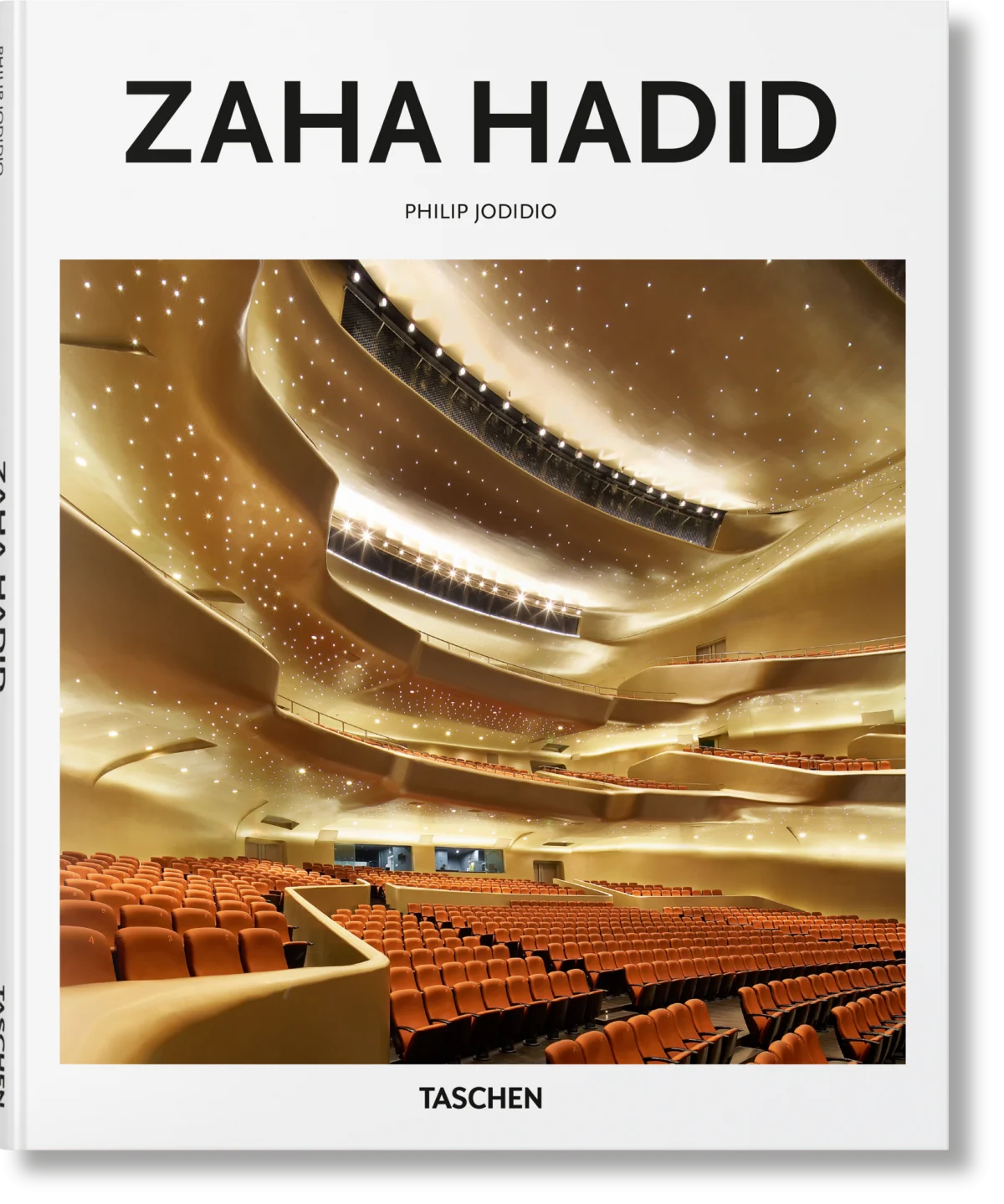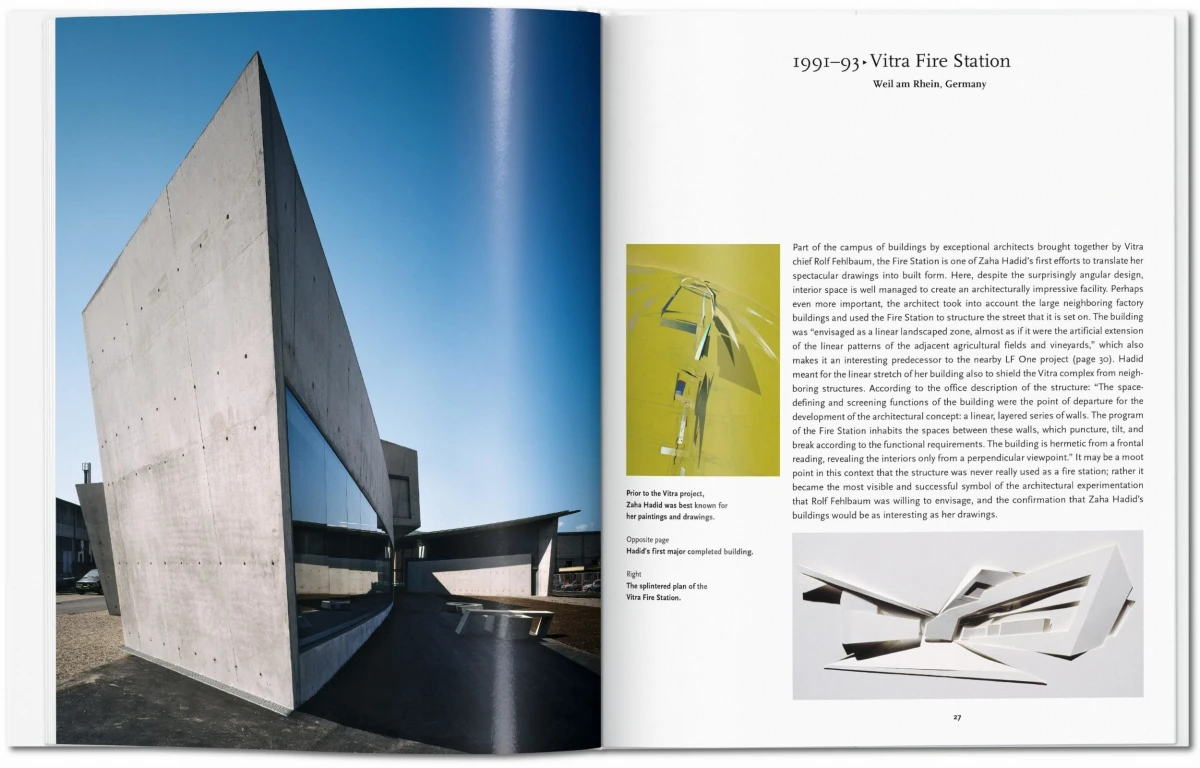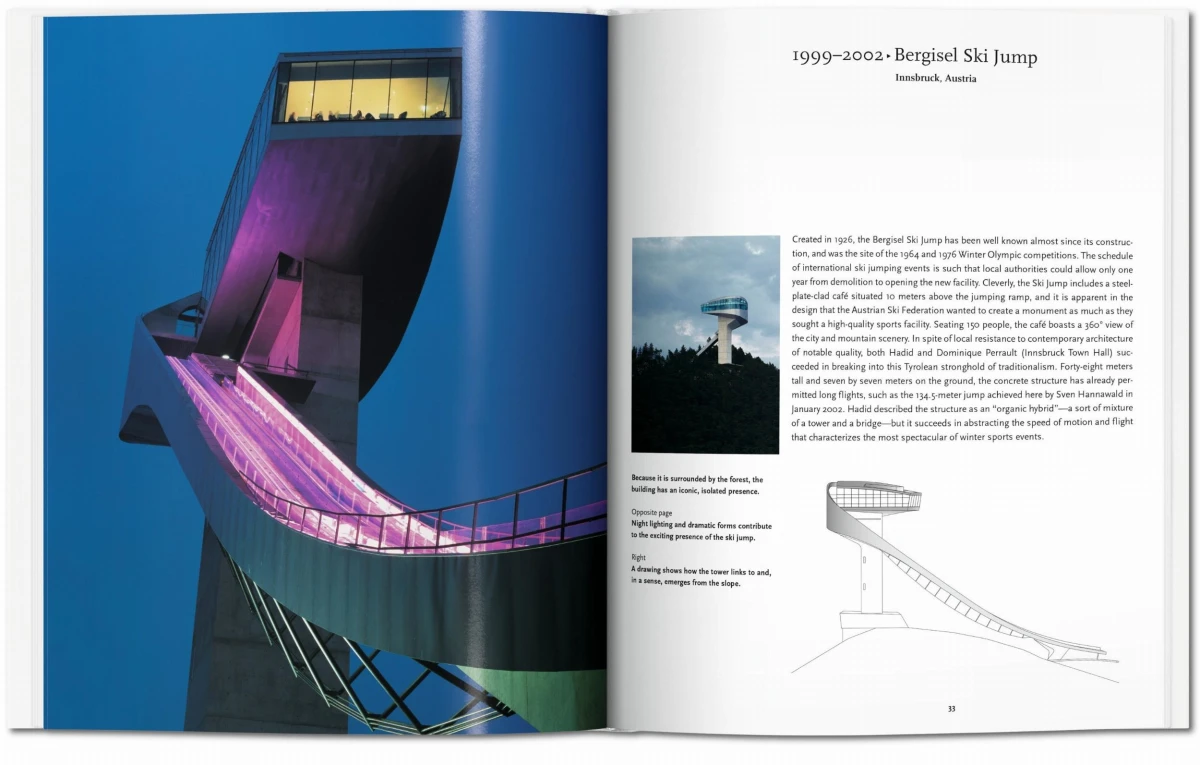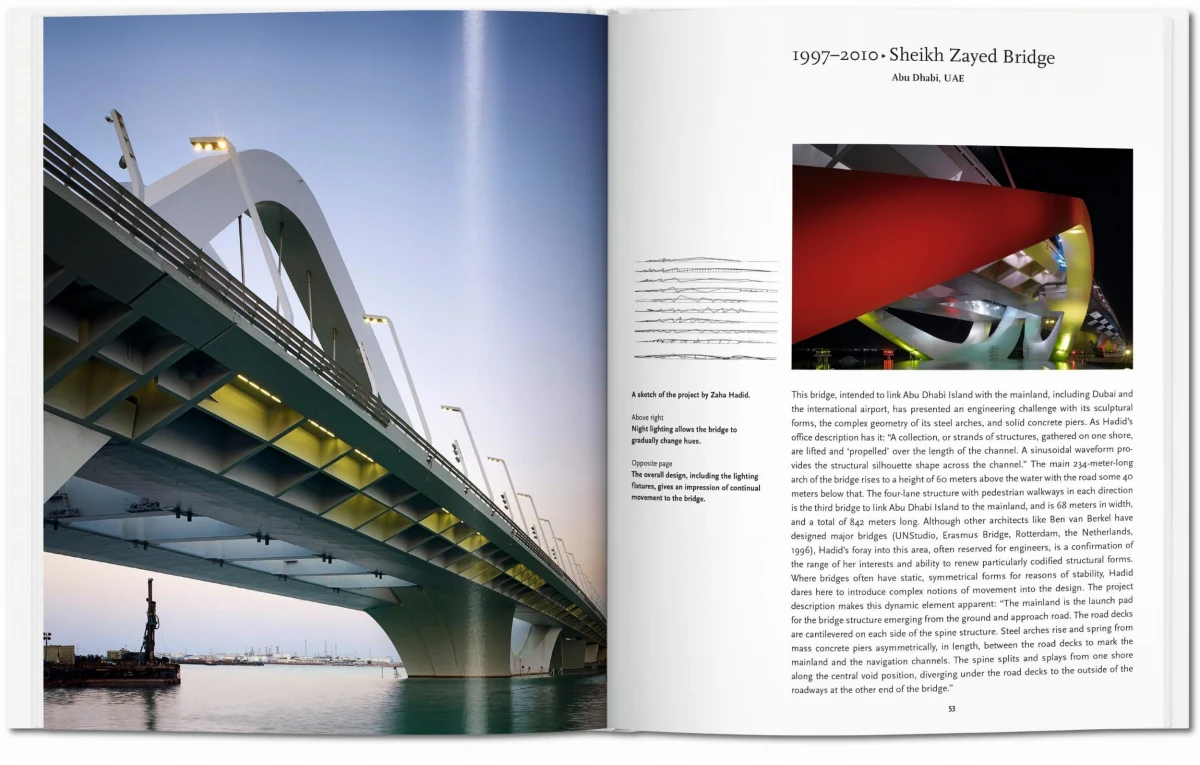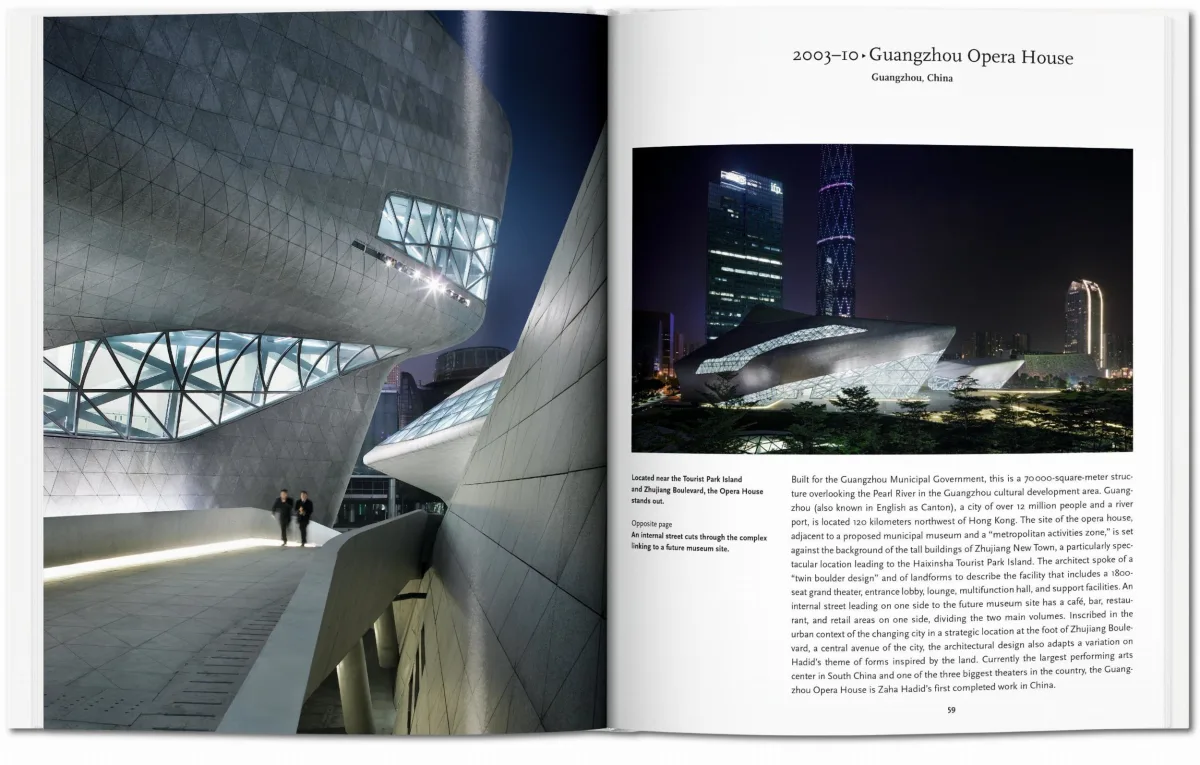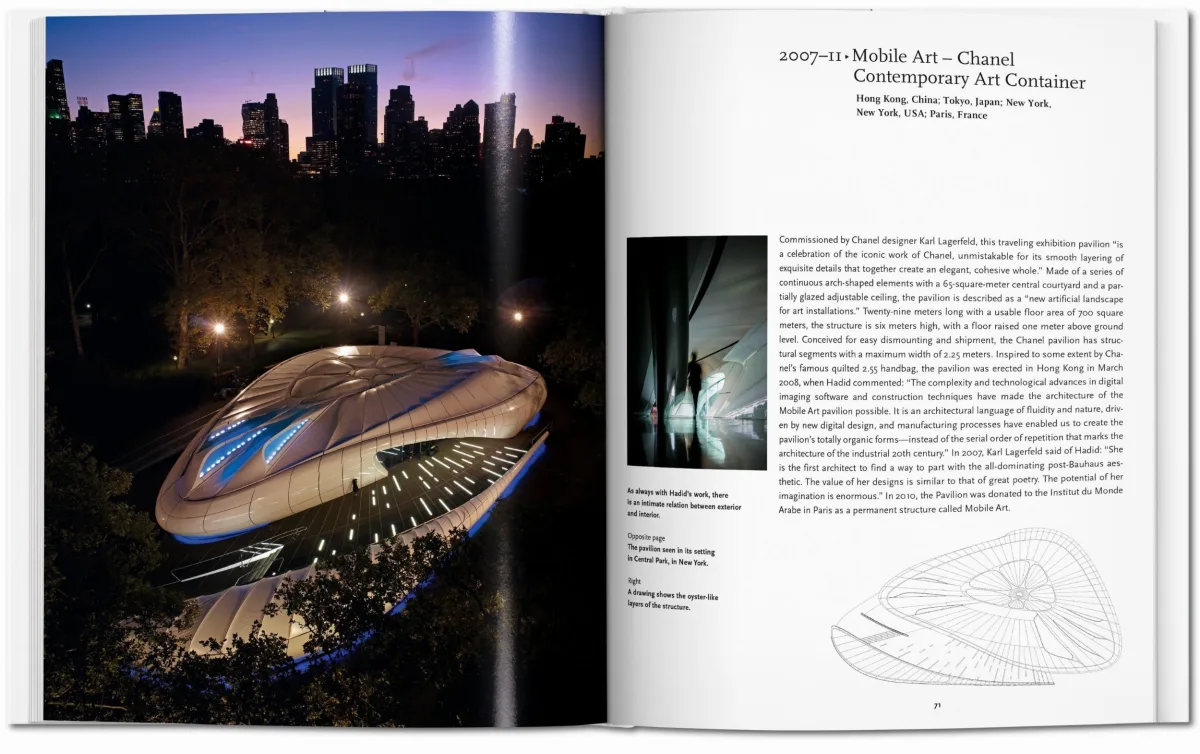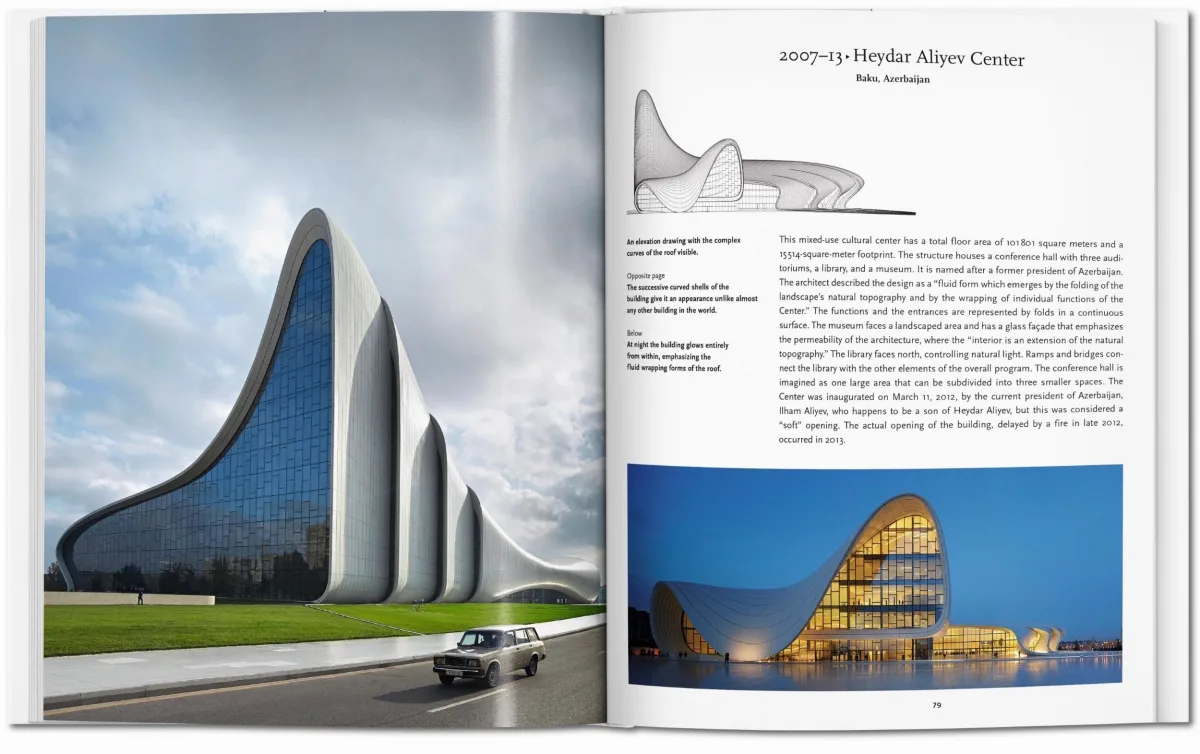Zaha Hadid
20Availability: In Stock“Visually phenomenal and fantastically realized.”
“Zaha Hadid’s work is a revolution. The future has landed, with an entire fleet of beautiful, futuristic spaceships.”
“A celebration of all that is brave and audacious in her work.”

Zaha Hadid
20Radical Space
How Zaha Hadid created 21st-century architecture
During the latter years of her life, Hadid’s daring visions became a reality, bringing a unique new architectural language to cities and structures as varied as the Rosenthal Center for Contemporary Art in Cincinnati, hailed by The New York Times as “the most important new building in America since the Cold War”; the MAXXI Museum in Rome; the Guangzhou Opera House in China; and the London 2012 Olympics Aquatics Centre.
At the time of her unexpected death in 2016, Hadid was firmly established among the elite of world architecture, recognized as the first woman to win both the Pritzker Prize for architecture and the RIBA Royal Gold Medal, but above all as a giver of new forms, the first great architect of the noughties.
From her early sharply angled buildings to later more fluid architecture that made floors, ceilings, walls, and furniture part of an overall design, this essential introduction presents key examples of Hadid’s pioneering practice. She was an artist, as much as an architect, who fought to break the old rules and crafted her own 21st-century universe.
The author
Philip Jodidio studied art history and economics at Harvard and edited Connaissance des Arts for over 20 years. His TASCHEN books include the Homes for Our Time series and monographs on numerous major architects, including Norman Foster, Tadao Ando, Renzo Piano, Jean Nouvel, and Zaha Hadid.
Zaha Hadid
Hardcover, 21 x 26 cm, 0.63 kg, 96 pagesISBN 978-3-8365-3626-4
Edition: FrenchISBN 978-3-8365-3635-6
Edition: EnglishISBN 978-3-8365-6080-1
Edition: SpanishBorn back in 1985, the Basic Art Series has evolved into the best-selling art book collection ever published. Each book in TASCHEN’s Basic Architecture series features:
• an introduction to the life and work of the architect
• the major works in chronological order
• information about the clients, architectural preconditions as well as construction problems and resolutions
• a list of all the selected works and a map indicating the locations of the best and most famous buildings
• approximately 120 illustrations (photographs, sketches, drafts, and plans)
5

